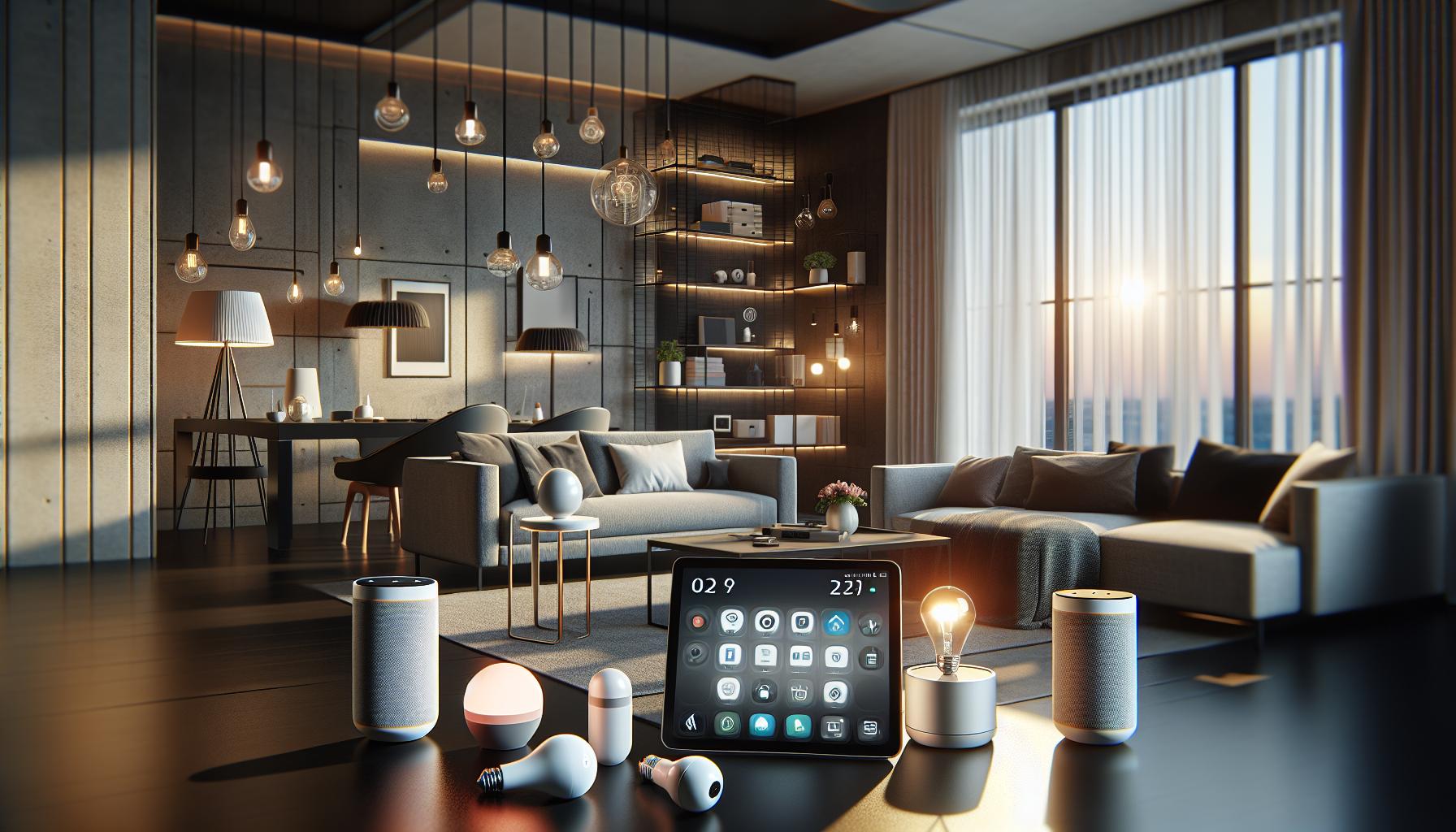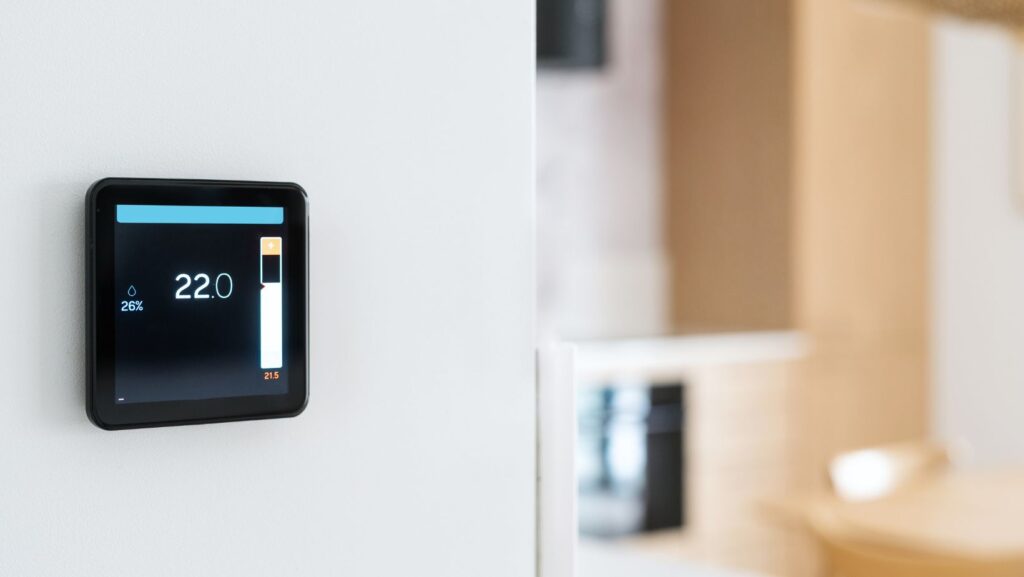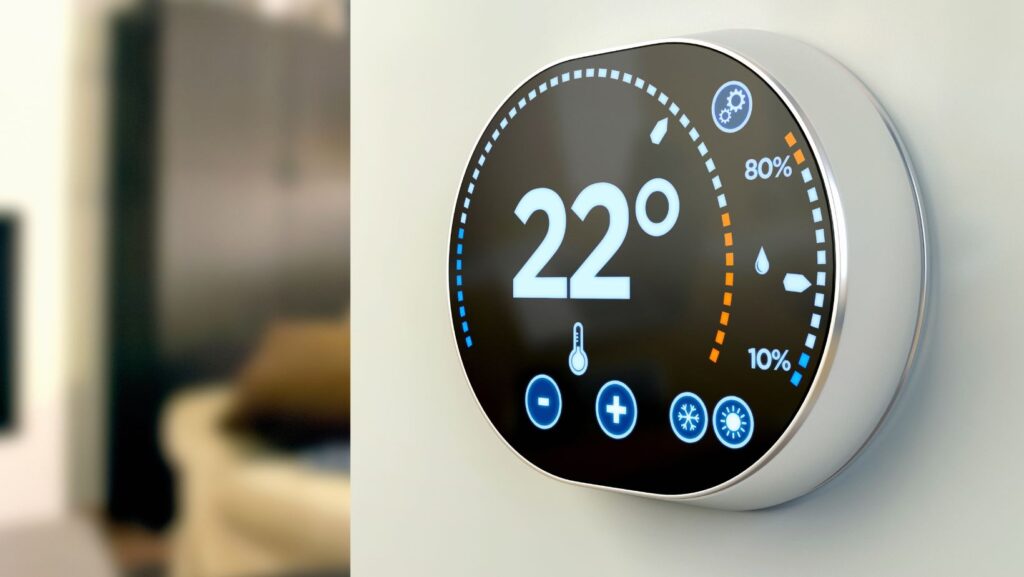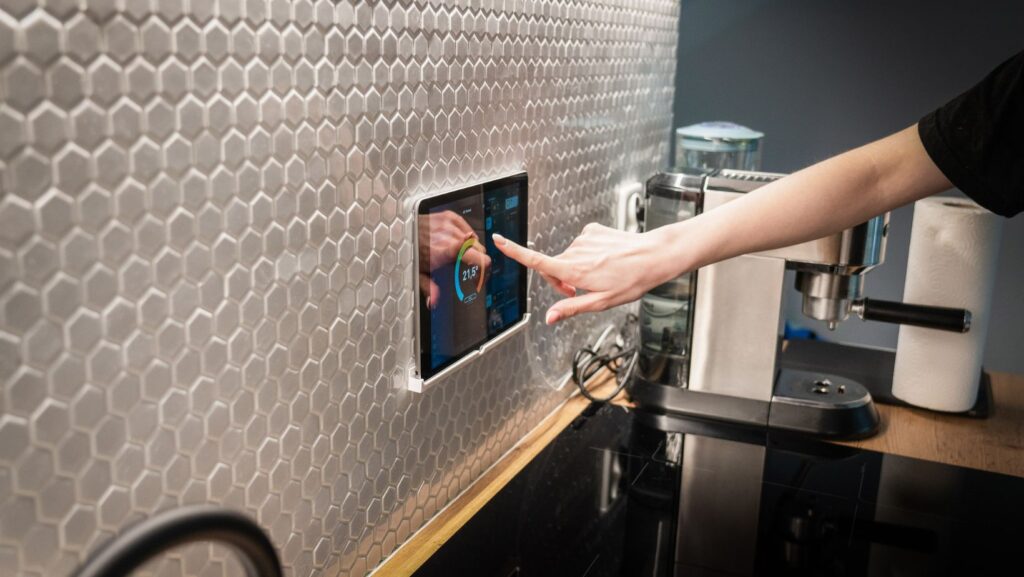Key Takeaways
- Variety of Platforms: The market offers several smart home platforms, including Amazon Alexa, Google Assistant, Apple HomeKit, Samsung SmartThings, and IFTTT, each with unique strengths and features.
- Compatibility Matters: Choosing the best platform depends significantly on its compatibility with existing devices and protocols, ensuring seamless integration for optimal performance.
- User Interface: A well-designed user interface enhances the overall experience, making it essential to select a platform with intuitive navigation and control options.
- Security Features: Prioritize platforms that offer strong security measures, including data encryption, two-factor authentication, and the ability to customize device permissions for heightened safety.
- Performance Evaluation: Assess platform performance based on device integration, connectivity stability, and response times, as these factors contribute to a more reliable smart home experience.
- Cost Considerations: Weigh the total cost of ownership, including initial investment, subscription fees, and maintenance costs, to identify the most cost-effective solution for your smart home needs.
In today’s tech-savvy world, smart home platforms are revolutionizing how people interact with their living spaces. With the right system, homeowners can effortlessly control lighting, security, and temperature, all from the palm of their hand. The convenience and efficiency of these platforms are making them essential for modern living.
Choosing the best smart home platform can be daunting, given the plethora of options available. Each platform offers unique features and integrations that cater to different needs and preferences. From voice-controlled assistants to advanced automation, understanding the strengths of each system is crucial for making an informed decision. This guide will explore the top contenders in the smart home arena, helping readers find the perfect solution to elevate their home experience.
Best Smart Home Platform
Smart home platforms serve as the central hub for managing connected devices and automating home systems. These platforms simplify control over lighting, security, temperature, and entertainment, enabling a seamless user experience. Each platform comes with unique features, compatibility, and integrations, which can significantly affect functionality.
Prominent smart home platforms include:
- Amazon Alexa: This platform focuses on voice control and offers broad compatibility with various smart devices. It supports numerous third-party integrations, allowing users to customize their smart home experience.
- Google Assistant: Known for its robust voice recognition, Google Assistant integrates tightly with Google services. It works well with Android devices and offers extensive device compatibility through Google Home.
- Apple HomeKit: This platform emphasizes security and privacy while allowing users to control a range of HomeKit-compatible devices through the Home app. It seamlessly integrates with other Apple services for a cohesive user experience.
- Samsung SmartThings: Highly versatile, SmartThings connects a wide variety of devices through Zigbee and Z-Wave protocols. It offers customization through automation routines and an open platform for third-party developers.
- IFTTT (If This Then That): This platform specializes in creating applet connections between services and smart devices. Users can automate actions based on specific triggers, enhancing functionality beyond standard capabilities.
Selecting the right platform depends on device compatibility, user preferences, and specific functionalities. Homeowners must consider their current devices and desired features to find the best match for their smart home environment.
Key Features To Consider

Choosing the right smart home platform requires careful evaluation of essential features. Understanding these key elements can significantly enhance the overall smart home experience.
Compatibility With Devices
Compatibility with devices plays a crucial role in the effectiveness of a smart home platform. Each platform may vary in its ability to integrate with different brands and types of devices. For optimal connectivity, assess the range of devices the platform supports, such as smart bulbs, locks, thermostats, and cameras. Look for platforms that support popular brands and protocols like Zigbee, Z-Wave, or Wi-Fi to ensure seamless integration.
User Interface
User interface significantly impacts how easily users can interact with their smart home system. A well-designed interface should offer intuitive navigation, logical layouts, and clear visuals. Features like customizable dashboards or voice control options enhance usability. Consider platforms that provide mobile applications compatible with various operating systems, ensuring convenience whether at home or on the go.
Security Options
Security options are paramount for any smart home platform. Evaluate aspects such as data encryption, two-factor authentication, and regular software updates. Assess whether the platform allows users to set permissions for different devices and users to enhance security further. Look for platforms that notify users of any unauthorized access or anomalies for improved peace of mind.
Top Contenders For The Best Smart Home Platform

Several smart home platforms excel at providing convenience and integration for modern households. Here’s a detailed look at the top options available.
Platform 1: Amazon Alexa – Overview and Features
Amazon Alexa stands out for its robust voice control and extensive compatibility with various smart devices. It supports a vast array of products from manufacturers like Philips Hue and Ring, making it easy to integrate into existing setups. Key features include:
- Voice Recognition: Alexa’s powerful voice recognition allows for hands-free control of smart devices.
- Skills Integration: Users benefit from thousands of skills, enhancing functionality with third-party services.
- Device Control: Alexa seamlessly manages lighting, security, and smart appliances, offering customizable routines for daily activities.
Platform 2: Google Assistant – Overview and Features
Google Assistant excels in voice recognition and integrates smoothly with Google services. Its ability to understand natural language enhances user experience. Notable features include:
- Smart Device Compatibility: Google Assistant works with numerous devices from brands like Nest and TP-Link.
- Multimedia Control: Users can easily manage music playback and streaming services through voice commands.
- Smart Home Routines: Automation of daily tasks through personalized routines simplifies home management.
- End-to-End Encryption: HomeKit employs strong encryption methods to safeguard user data and smart home activities.
- Siri Integration: Control devices through Siri, providing a secure and convenient voice command option.
- User-Friendly Interface: The Home app allows straightforward management of all compatible devices, offering an intuitive and cohesive user experience.
Comparing Smart Home Platforms

Choosing the right smart home platform involves evaluating performance, reliability, and cost considerations. Understanding these factors helps homeowners make informed decisions.
Performance and Reliability
Performance and reliability vary across smart home platforms. Users benefit from platforms that provide fast response times and consistent connectivity. Key elements include:
- Device Integration: Platforms like Amazon Alexa and Google Assistant enable extensive device connections, ensuring seamless interactions among various smart products.
- Connectivity Stability: Reliable connections minimize disruptions. Apple HomeKit and Samsung SmartThings often maintain stable connections with fewer glitches due to their design for robust network integration.
- Response Time: Quick response times enhance user experience. Google Assistant usually ranks high in speed, allowing instant execution of voice commands.
Cost of Ownership
The cost of ownership encompasses hardware, subscription fees, and potential upgrades. Factors to consider include:
- Initial Investment: Platforms differ in setup costs. Samsung SmartThings typically requires minimal upfront investment due to its compatibility with various third-party devices.
- Subscription Fees: Some platforms, like Apple HomeKit, avoid monthly fees, making them cost-effective over time, while others may require subscriptions for advanced features.
- Maintenance Costs: Maintenance varies. Google Assistant may incur costs related to purchased devices, while platforms offering extensive free features, like IFTTT, keep expenses low.
Assessing these factors helps homeowners determine the true costs associated with each smart home platform.
Choosing the right smart home platform can significantly enhance daily living. With options like Amazon Alexa and Google Assistant leading the way in compatibility and functionality homeowners can enjoy seamless control over their environments. Apple HomeKit offers strong security measures while Samsung SmartThings provides versatile device connections.
Each platform has its unique strengths and caters to different user needs. By considering factors such as device compatibility, user interface, and security features homeowners can confidently select the system that aligns with their lifestyle. Ultimately the best smart home platform will empower users to create a more efficient and enjoyable living space.


